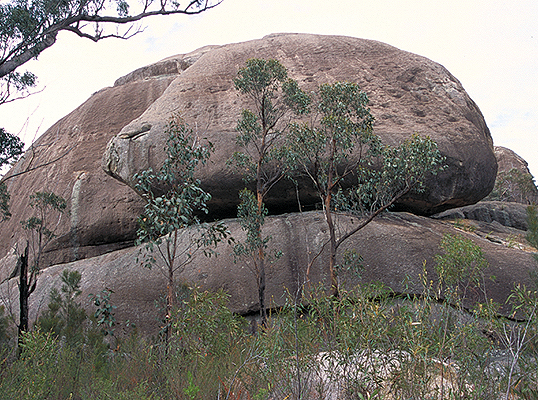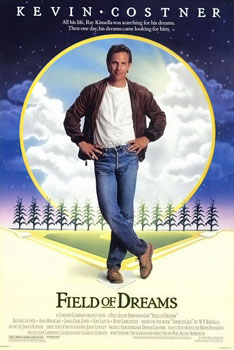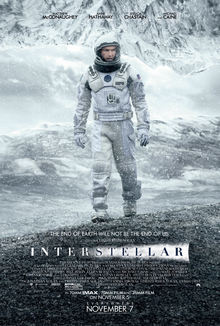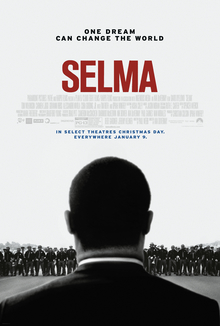The Gold Coast is a weird place. Lots of beaches, lots of sunlight lots of high rises, no hills. It's kind of well known in Australia for being the Australian equivalent of Miami -- lots of high rises against the beach, inhabited by both rich and poor. People go there for vacations, or just to say they've been there. Like I said it's a weird place. On the Southern end of the Coast rises a series of low hills. These hills, which are low and fairly unpromising, rise quickly into a landscape which bears no resemblance to the strip malls and big houses below. Protected by the Lamington and Springbrook national parks, the landscape traces the border and is called the McPherson Range.
Many explorers have tried hard to map the area, but the McPherson Range is the size of Rhode Island and much,
much more impenetrable. Who knows; there might be undiscovered plants and animals in the area. The first road to lead into the area led to O'Reily's, a rainforest guesthouse that still stands today. Nowadays, many tracks and roads cross the range and we went on one of them to reach Green Mountains.
Green Mountains is the part of Lamington National Park that surrounds O'Reilly's. It contains some of the most mountainous, inaccessible rainforest in the entire park. The road to O'Reilly's, which has not changed route or width since it was built, is a one-lane road with many blind curves which looks like spaghetti on a road map. On the way there, the road even leads through a long, squiggly one-way cutout to get past a series of cliffs! We spent a very brief time in the Mountains -- two days. But during that time we saw a lot of the park, and really got a feel for what the mountains were like.
The morning after arriving, I and my dad and my brother set off for an extended hike: the Albert River Circuit, a seven hour hike that did most of the walking far away from the Green Mountains campground. We got up early to do the hike. There was no trail that led from the campground, so we walked along the road and past a parking lot to get to O'Reilly's. The O'Reilly's lodge has changed a lot since it was built, and it is now the centre of a large clump of hotel buildings, a cafe' and a souvenir shop. The O'Reillys still own it, though.
Across the road was the main trackhead, at a sign declaring that we had just arrived at the Border Track, a long trail connecting Green Mountains to a distant trailhead, Binna Burra. The Border Track is very well maintained for being the starting point of most day hikes in Green Mountains. We walked easily along the hard clay path before seeing a land mullet. Land mullets are a very large species of skink. This one was so big, I could have mistaken it for a baby crocodile if it had spikes on its back.
We continued to walk past intersection after intersection, always going straight ahead. The trees are gigantic in Lamington. Giant figs coated with vines and epiphytes loomed out of the green haze of the tree ferns. Vines were everywhere, and wherever there weren't vines there were cliffs. No small wonder explorers took so long to get this far. As the downhill slope on our left got steeper, I could sense a gigantic chasm to our left side, much deeper than it was wide. Both up and down, the slope went on and on without end. It was like we had shrunk to the size of insects, or like a small valley had grown to the scale of the Grand Canyon. Everything was much, much bigger than it should have been.
After an hour and a half of walking, we passed a gigantic Antarctic Beech -- so named for the place it was first identified, as a fossil -- and reached the beginning of the Albert River Circuit. We left the main trail on the right and followed an overgrown track, dodging fallen trees as the track narrowed. The Albert River flows on the next valley over from the Border Track, so I had expected to top out onto the ridge top between the two valleys. We never did. Instead, we contoured across the slope as it got steeper and and the path got surrounded by cliffs. For the whole time the track was doing this, I never suspected that we were slowly turning to the right, slowly winding around a mountain peak. Until the track switchbacked and it was obvious we were in a different valley than we started in.
The walking book we had (which was fairly outdated and may not have taken into account a track closure) told us we would reach the first waterfall of the track, Jimboomba Falls, about half an hour after turning off the Border Track. It was full hour and we had not even seen a creek yet. Then suddenly, we turned a corner and crossed a dry creek bed. Stupidly thinking this was Jimboomba Falls, we kept walking and then saw something totally weird. It was a lobster. Except it was crawling along dry ground far from a flowing creek. And it was
blue and white. I don't know why -- I mean, it was just a lobster -- but it weirded me out. I learned later that this was a Lamington Spiny Crayfish, a freshwater yabby endemic to the Mcpherson Range between Tamborine and the Main Range.
Excited about the find of the crayfish, we walked easily to what was actually Jimboomba Falls to have a snack. The falls were just a small cascade, but they were interesting to see partly because thick moss growing on the sides made them look otherworldly. After checking for leeches we continued on a steep zigzag downward, sometimes clinging onto cliffs to avoid slipping and falling. Often we would have glimpses of the creek, which was always pouring over a high waterfall. At the end of the zigzag, we crossed the creek with glimpses of Lightning Falls -- a very high, free falling waterfall.
Earlier we had not been following the Albert River, but an offshoot called Lightning Creek. Just after Lightning Falls, we descended to the river itself. It was big, about five times as big as Lightning Creek. The first waterfall we discovered on the river was Mirror Falls. Mirror Falls was the most beautiful, mainly because of the mossy walls on either side of it. We passed four other, not very impressive falls in quick succession, before arriving at Echo Point Lookout which altered my view of the place completely.
Descending down to the creek was steep, but climbing back up was along more or less flat ground. Then we headed along a sidetrack to the lookout. Before I even arrived I could sense a void ahead of us, like we were standing at the edge of the Earth. In another minute we practically were. The Escarpment, which traces the New South Wales-QLD border, is a massive crescent shaped cliff that drops steeply and almost vertically about a kilometre into the plains below. We were standing on its edge, from which we could see the hulking ramparts of Mount Warning, the Border and Nightcap Ranges and even Byron Bay and the entire Gold Coast. It was the best view I have ever seen in SEQ, hands down.
We zombie walked for two hours back out along the Border Track, collapsing at what I hoped was a cafe'. It was the start of a treetop walk. Normally I don't like treetop walks -- I mean, they seem to be everywhere and I'm sick of them -- but this walk was pleasantly rickety and seemed like it would fall apart at any moment. I really liked it. We spent some time there, then walked back to the tents and collapsed.
If you are interested in walking the Albert River Circuit, or just want to know more, someone made an interesting video about it. A link is provided
here.
The walks of the following day were done with another family who were friends of us. Since we had little time and energy left, we chose short walks around the area. The first one, to Python Rock, gave us a spectacular view over the mountains and really revealed how deep the gorges went. I would say they were about as big as Grose Gorge in the Blue Mountains, possibly bigger. Then we went on another walk, to the top of Morans Falls. But as we were arriving at the top of the waterfall, the sky broke apart and a torrential downpour began. Using any convenient track to get us back to safety, we ran up a muddy track labelled "O'Reilly's".
Suddenly, we emerged on an old gravel road. Not knowing where to go we just went right and found an old wooden shack. We raced to get under the eaves. Suddenly, Dad called to tell us the door was unlocked and we scrambled in. An information board revealed it to be an old slaughterhouse. My dad, I and my little brother were here, but no one else was, so we just sat inside and waited.
After twenty minutes the rain stopped. Noting that nobody had arrived yet, we just got out and walked along the track ourselves. Leaving the road to follow a promising looking track, we walked through a picturesque rainforest on a windy path that went through several large gum trees. Finally, we emerged at O'Reilly's where we met the others, sitting at a cafe'. They told us they had taken a different track, and had been waiting for us for half an hour.
Lamington is not the most amazing place in the world, or even Australia. But it is a great place and a must visit for anyone living in or visiting South East Queensland.








_poster.jpg)

